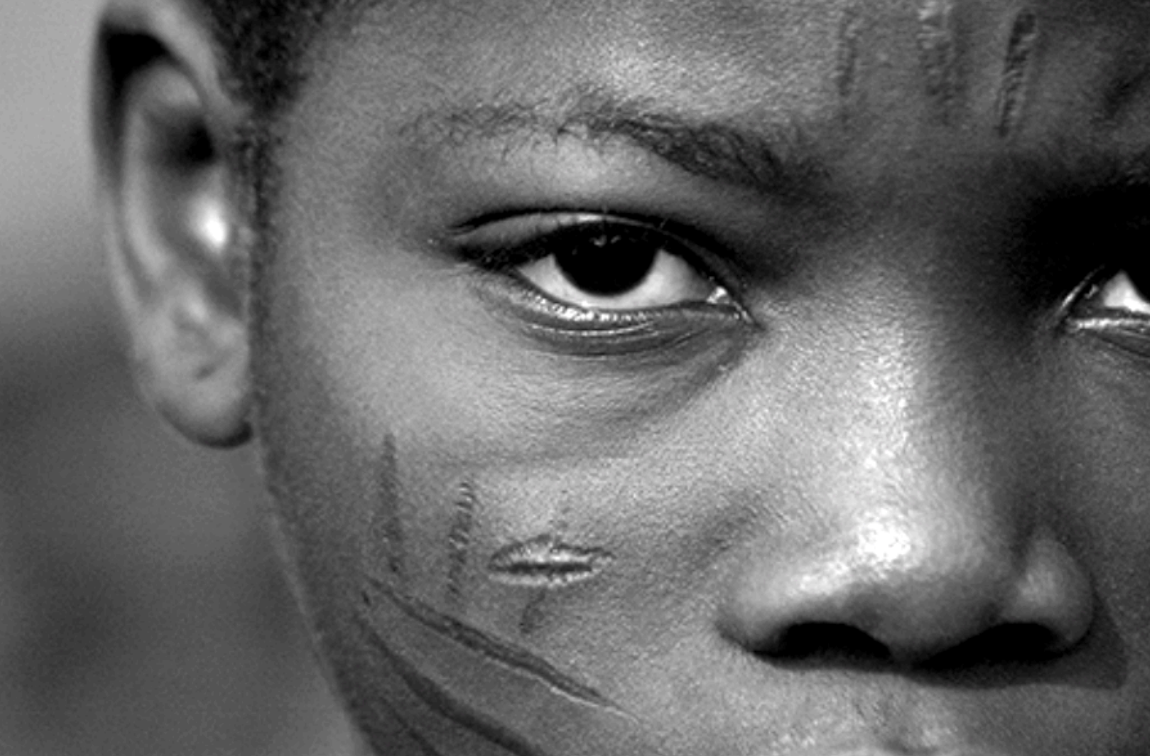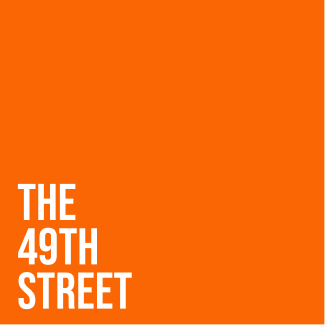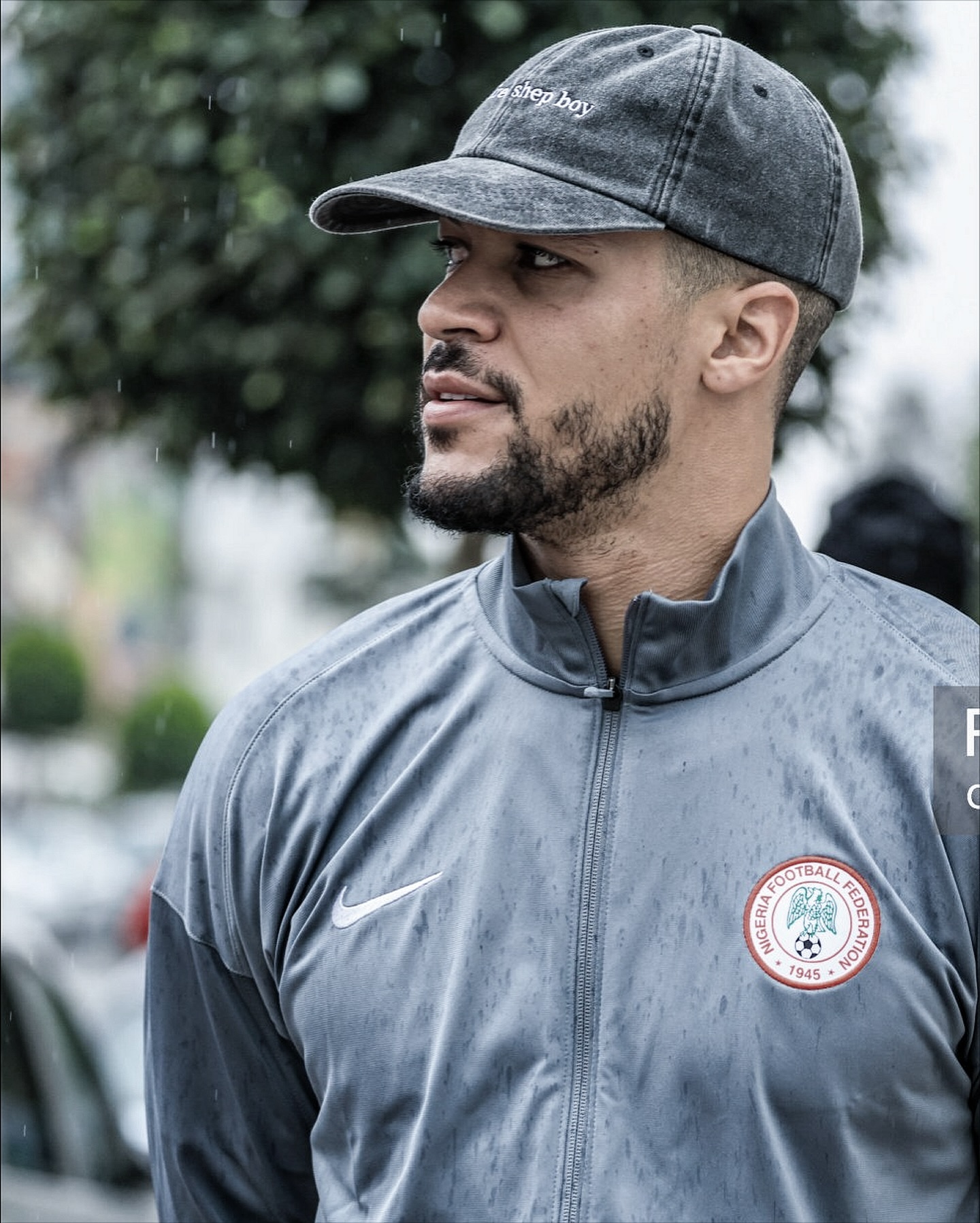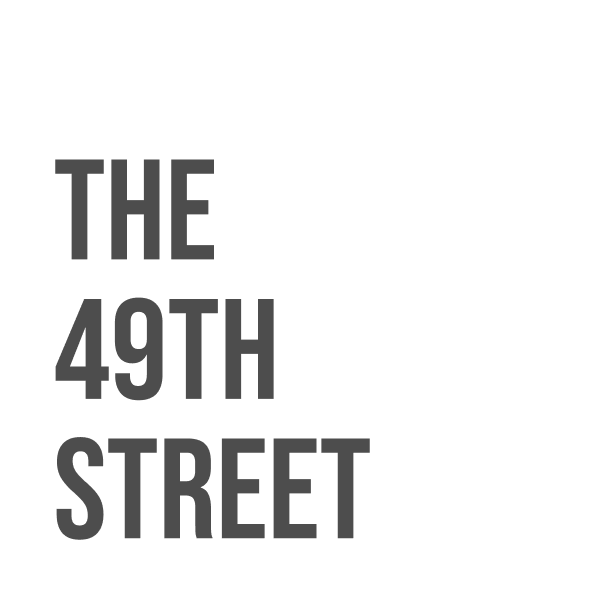
Sickle cell has always lived in our stories, long before science gave it a name. In Yoruba folklore, it was the Abiku child, suspended between life and death. Among the Igbo, it appeared as the Ogbanje, the restless spirit who comes and goes, leaving grief behind. These myths captured what medicine would later explain in blood, but what culture had long understood in emotion and metaphor.
Before We Had a Name, a new archival documentary by the Ntetee Foundation, reimagines that history as a shared cultural story. It traces how Nigeria has understood sickle cell through its literature, film, music, and media, from Achebe’s Abiku to NTA jingles, Nollywood’s Mortal Inheritance, and Tosyn Bucknor’s fearless advocacy. The film, now showing on Ntetee Foundation’s Instagram, feels like both a time capsule and a mirror, showing how far the story has travelled, from myth to medicine, from silence to strength.
But more than a documentary, it’s a cultural intervention. Told through interviews, poetry, and archival footage, Before We Had a Name challenges viewers to see sickle cell beyond hospital wards and statistics, as a deeply human story about identity, resilience, and belonging.
In this conversation, Anjola Oladimeji, founder of the Ntetee Foundation and executive producer of the film, speaks about pop culture’s role in reshaping how Nigerians see sickle cell and how warriors across art and media are reclaiming their narratives.
Pop culture often reflects society’s hidden struggles. How have Nigerian film, music, and literature helped bring sickle cell out of silence?
Pop culture has always been one of the first mirrors of our struggles. It meets people where they are: in cinemas, living rooms, on the radio, at concerts, and in books. With the idea of Abiku, Nigerian writers like Achebe and Soyinka gave language to what looked like sickle-cell-like suffering long before medicine named it. Literature named the pain, film gave it faces, and music gave it emotion.
Each medium has broken the silence in its own way, showing that sickle cell is not just a medical condition but a deeply human story that touches family, love, ambition, and identity.
Nollywood’s Mortal Inheritance remains one of the most iconic portrayals of sickle cell. How did its inclusion shape the film’s narrative about culture and awareness?
Mortal Inheritance mattered because it placed sickle cell in the emotional and moral spaces of everyday life rather than in purely clinical or moralising ones. At a time when genotype awareness was low, the film reframed the disease through love, family, and consequence.
It did two things that truly shifted awareness. First, it humanised. Kemi, the protagonist, wasn’t a symbol of tragedy; she was a full, complex person, with contradictions, desires, and tenderness. That humanity encouraged empathy rather than pity.
Second, it normalised public conversation. For many households, the film was the first time “SS” or genotype became dinner-table topics. People remembered its dialogue and scenes far longer than any public service announcement. Mortal Inheritance made sickle cell culturally legible; it gave Nigerians a language and an emotional grammar to talk about illness, love, and destiny.
From NTA jingles to early health campaigns, the media has long taught Nigerians about sickle cell. What role does pop culture play in reshaping stigma today?
The media has always shaped how we think. Early campaigns did important work, but they often leaned on fear: “don’t marry wrong,” “avoid SS,” “SS children don’t live long.” Today, pop culture is rewriting that tone. Warriors are no longer portrayed only in whispers of tragedy; they are now central figures in stories of creativity and strength.
Social media has especially accelerated this shift. Warriors share poetry, portraits, and personal stories that reflect joy, ambition, and love. They are not just surviving; they are thriving. That continuous, layered representation slowly replaces stigma with understanding, fear with familiarity, and silence with pride.
Tosyn Bucknor used her platform in media and entertainment to push advocacy. How does the documentary capture her influence and legacy?
Tosyn Bucknor was such a visionary. She modelled what it meant to speak publicly from the inside: bold, joyful, and unashamed. She marked a turning point in how sickle cell was discussed publicly.
In the documentary, she’s not treated as an anecdote but as a pivot, a moment of transformation. Her presence reframed the narrative: she wasn’t asking for pity; she was demanding visibility. She built safe spaces for warriors to find pride and community. Her legacy isn’t just her words or her advocacy; it’s the confidence she left behind in others who now carry her torch. That influence continues to shape conversations about sickle cell to this day.
Music, film, and social media have given sickle cell warriors new visibility. How is this cultural representation changing public conversation?
Representation changes everything. When warriors are seen as professionals, artists, creators, students, or parents, the imagination of what life with sickle cell looks like expands. The story shifts from pity to possibility.
This visibility also drives policy. Once warriors are seen as neighbours, colleagues, and innovators, their demands for better care, newborn screening, and mental health support become harder to ignore.
Beyond policy, cultural representation changes norms. When warriors walk runways, record albums, or share their stories online, they expand the vocabulary of resilience. They show that scars, transfusions, and crises exist alongside laughter, love, and ambition. It tells society that life with SCD is not a tragedy; it’s a story still unfolding, full of light and complexity.
Archival footage and artistic elements are central to the film. How did you decide which cultural moments to spotlight?
We were intentional about spotlighting moments that shaped collective memory, from the myths to the milestones. We wanted to show how culture and science have always been intertwined: how folklore prepared the ground for empathy, how early research fought stigma, and how pop culture gave the struggle faces and voices. The goal wasn’t to overwhelm with history but to trace how the story has travelled, from oral traditions to screen, from superstition to science.
As sickle cell warriors reclaim their narratives in art and media, do you see a new cultural movement forming around visibility and identity?
Yes, and it’s incredibly powerful. Warriors are no longer being spoken for; they’re speaking for themselves. Through film, poetry, music, and fashion, they’re crafting a movement rooted in identity, pride, and reclamation.
Language has been one of the first battlegrounds. More warriors now reject the term “sickler”, choosing instead “warrior”, a word that conveys dignity, strength, and endurance. This linguistic shift alone changes perception, turning a label of weakness into one of agency.
Aesthetic reclamation is happening, too. The medical, once a mark of shame, is becoming a motif of power. Red tones, hospital bands, scars, and even blood imagery are being reimagined in photography, fashion, and performance. Warriors are taking control of how they are seen, turning pain into art and art into advocacy.
And these creative acts are not just symbolic; they are translating into real policy momentum. Visibility fuels advocacy for better healthcare systems, newborn screening pilots, and inclusion of SCD in national non-communicable disease strategies. In the diaspora, the echo continues, amplifying research, funding, and global solidarity.
At Ntetee Foundation, we see this every day. The creative reclamation is reshaping not only aesthetics but also access. Sickle cell is no longer hidden in whispers. It’s visible in art galleries, on digital feeds, and in film festivals. Warriors are redefining how Nigeria sees them: not as fragile, but as resilient; not as cursed, but as luminous; not as exceptions, but as part of the nation’s living story.
Before We Had a Name is streaming on Instagram via @ntetee_foundation.




